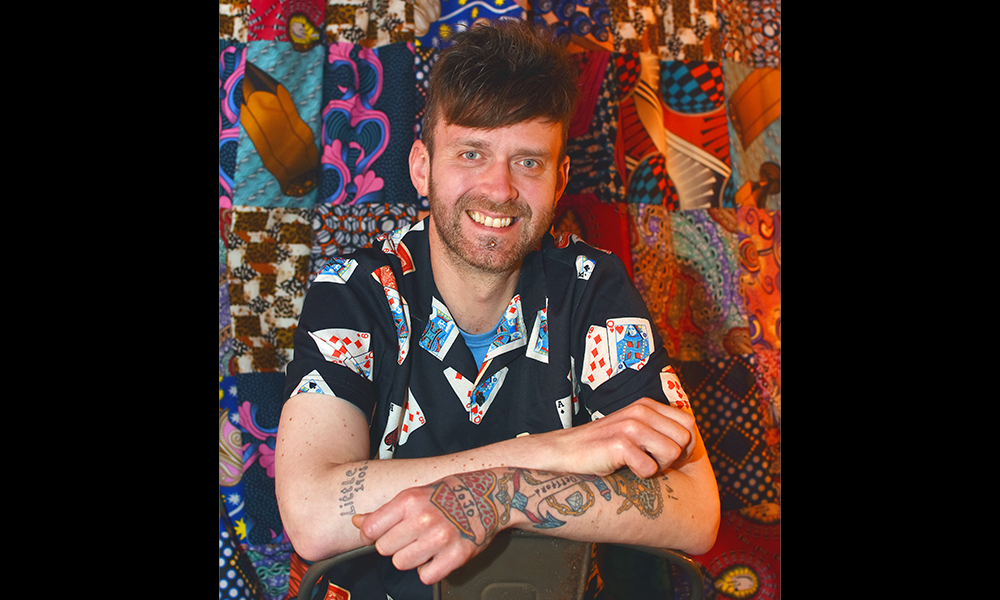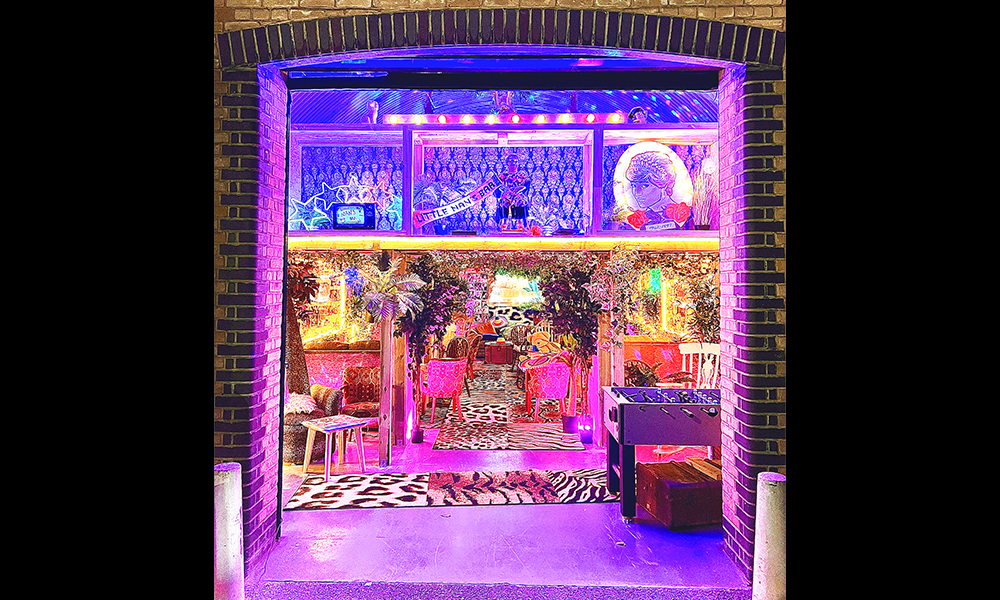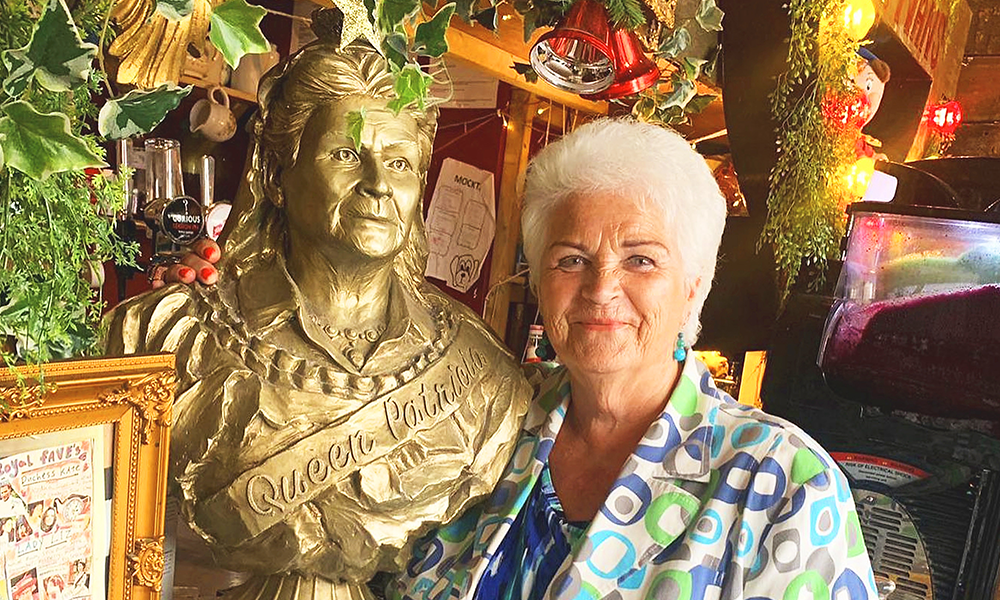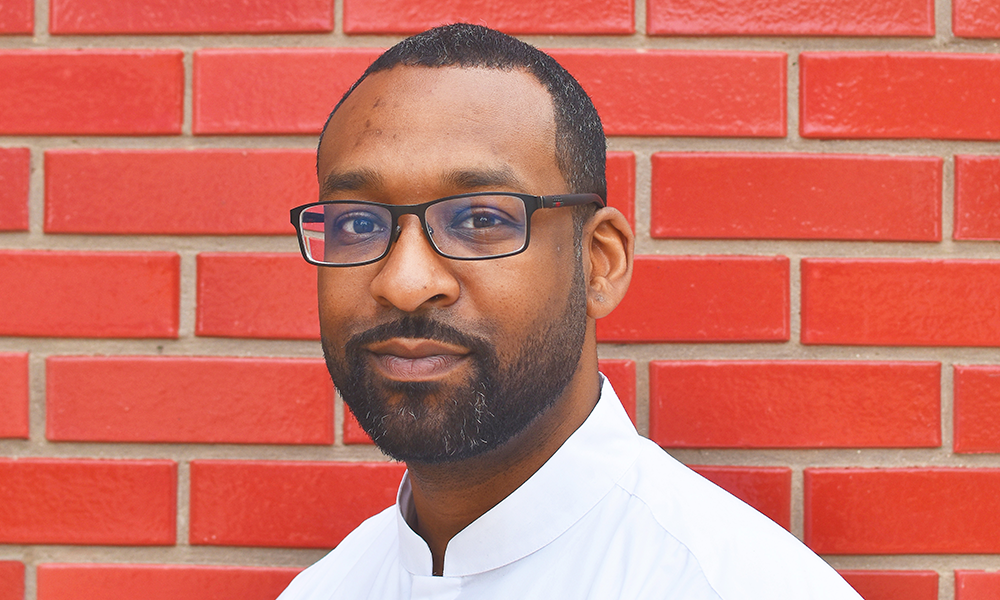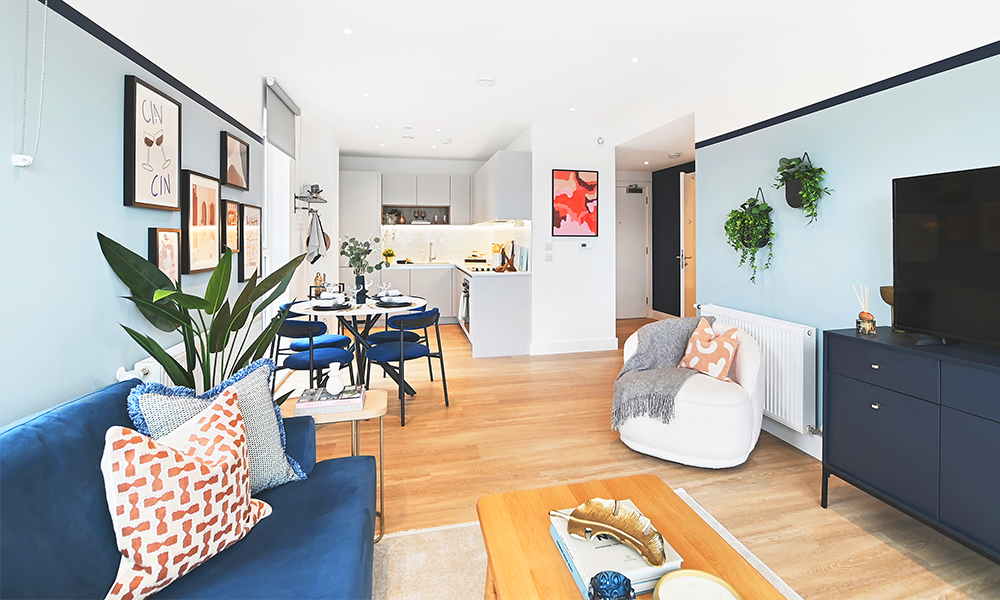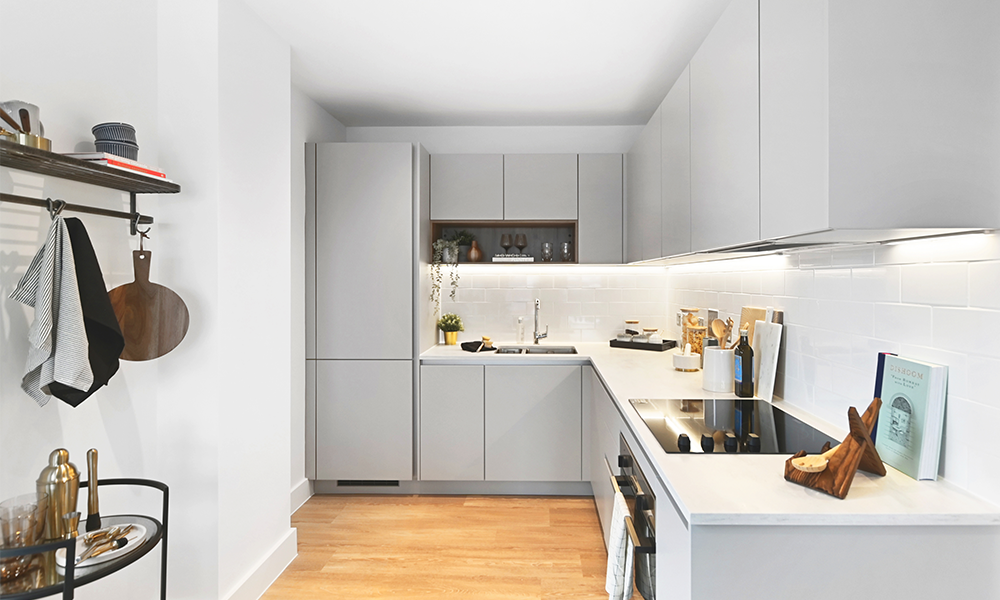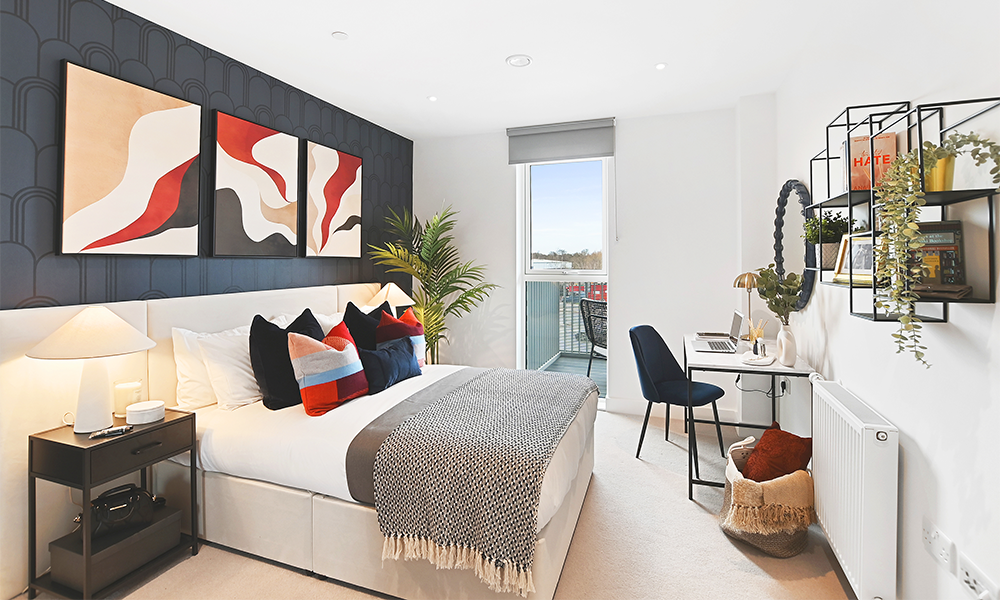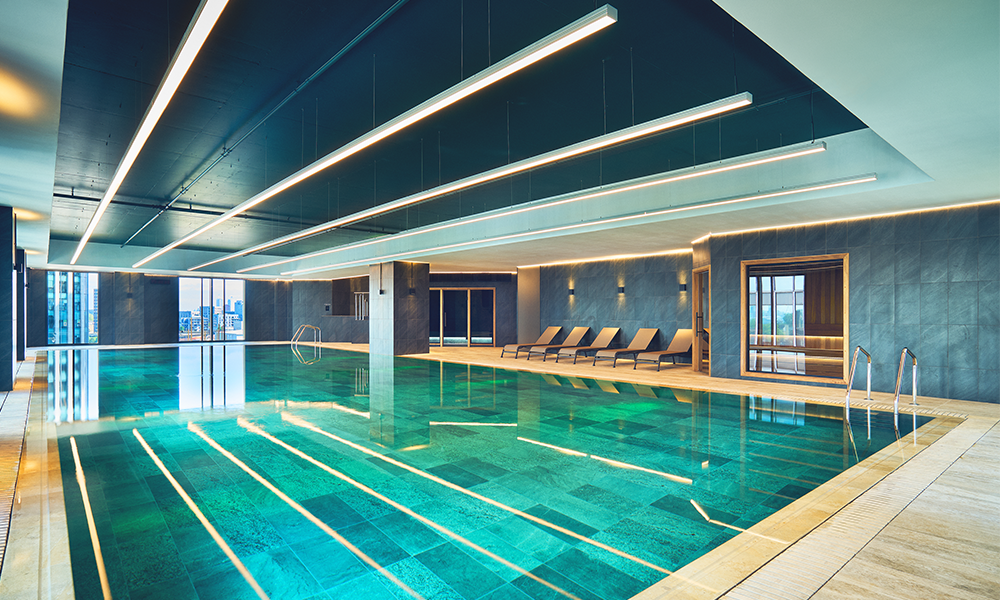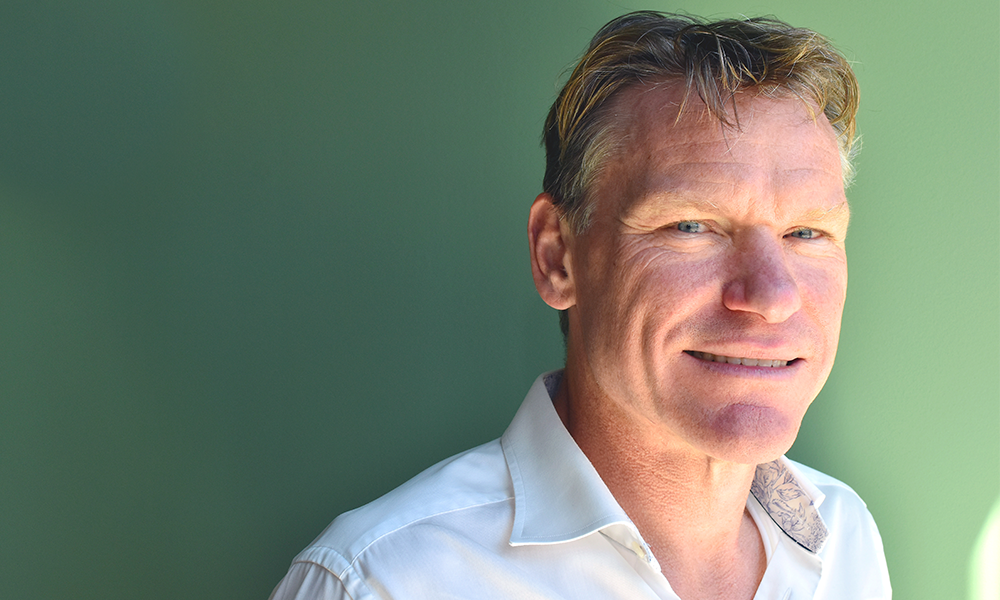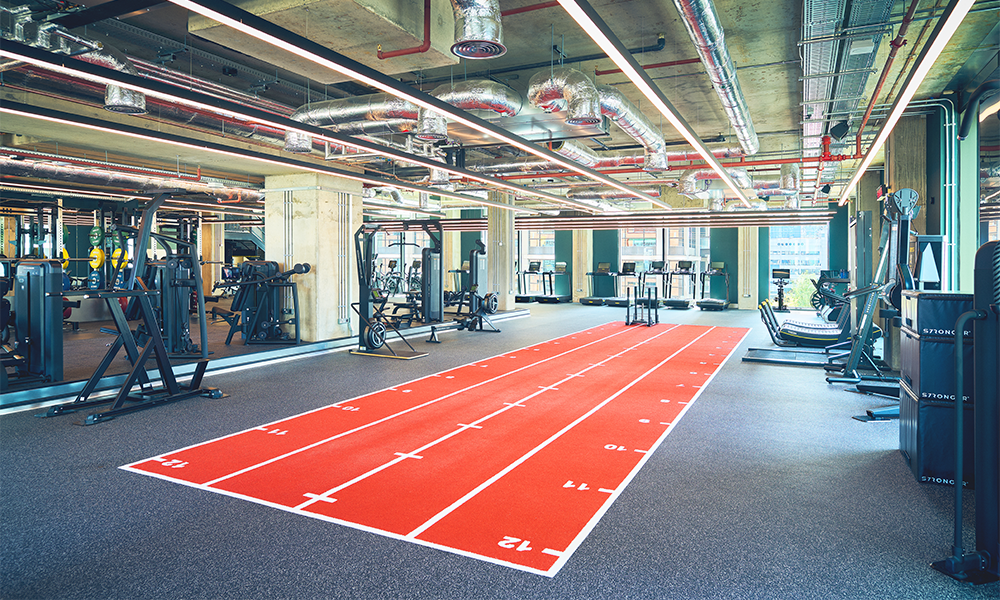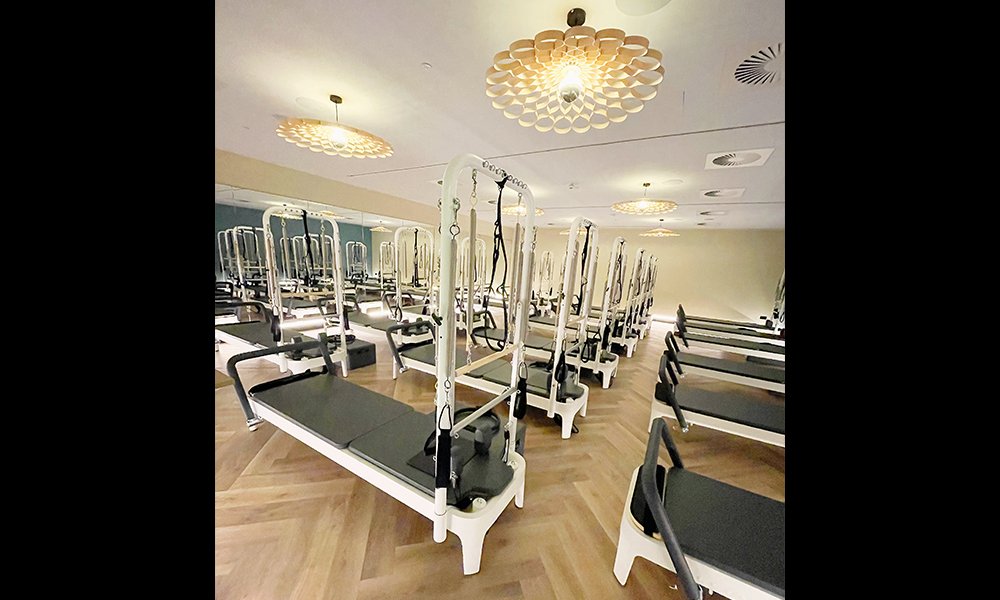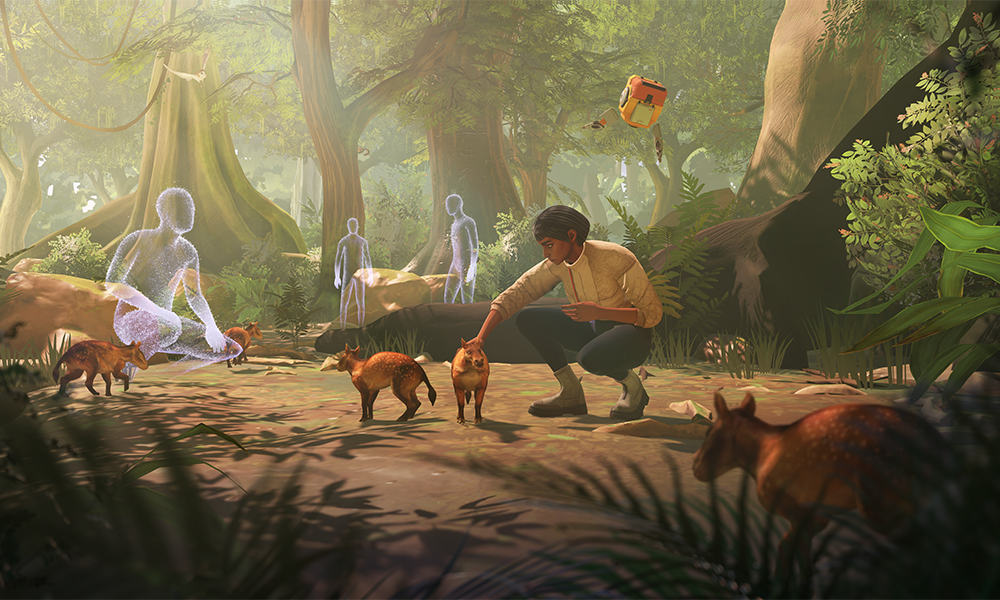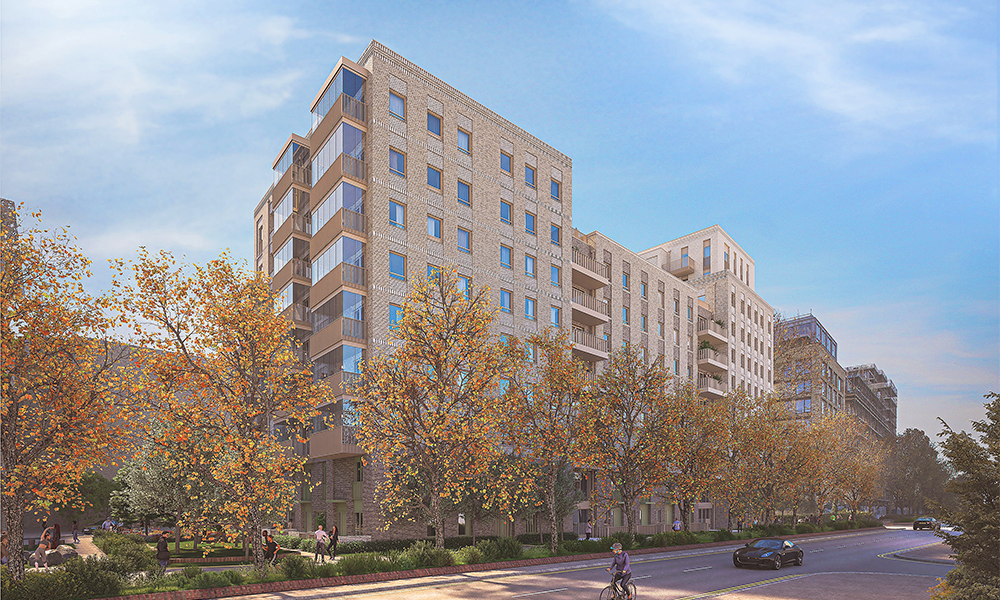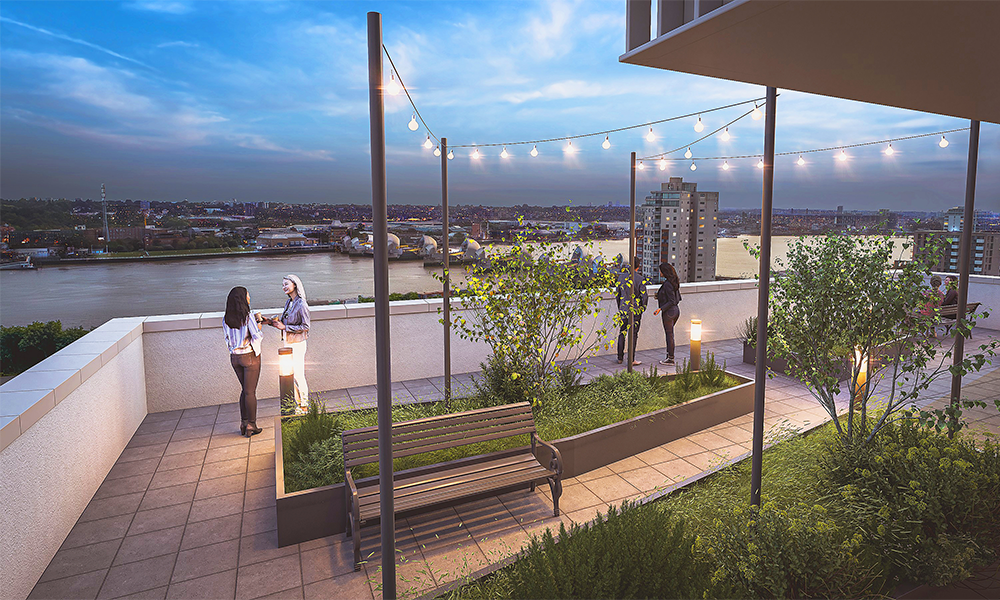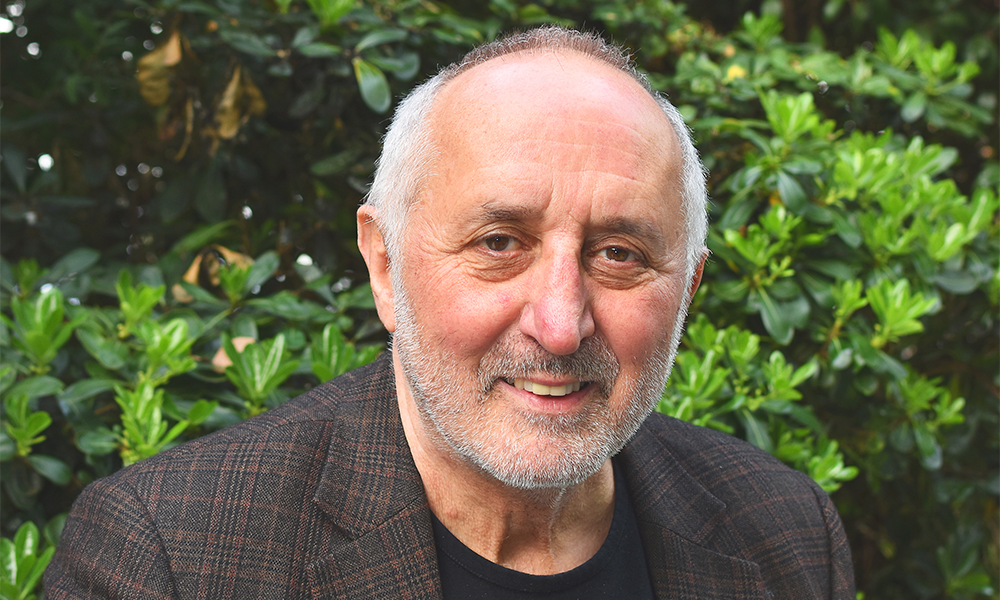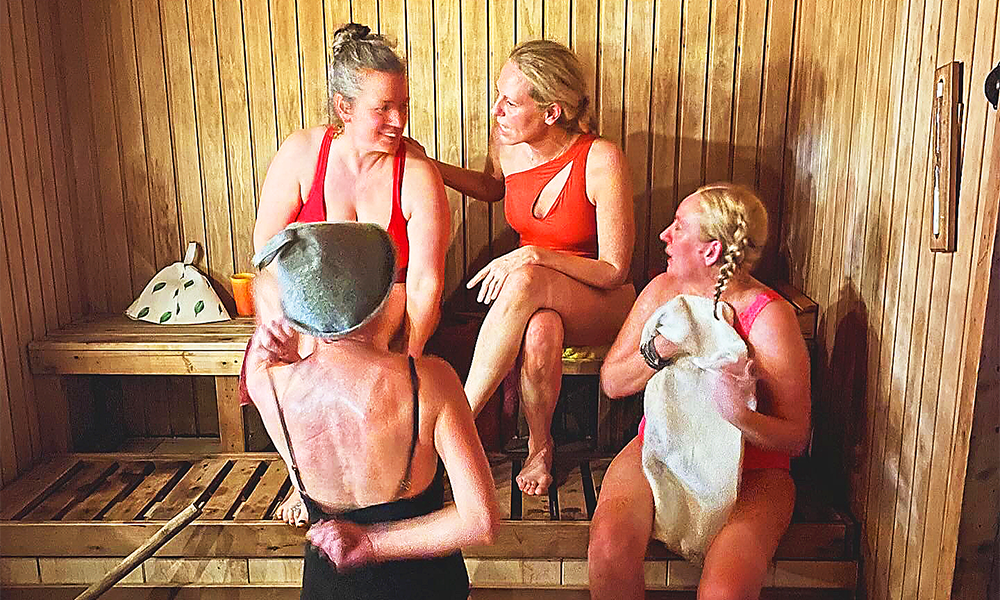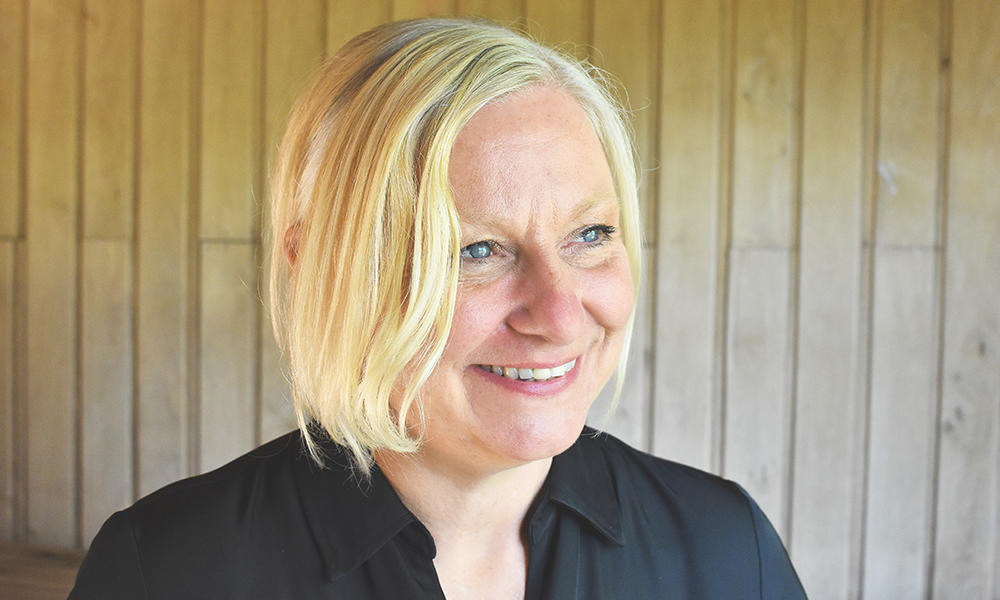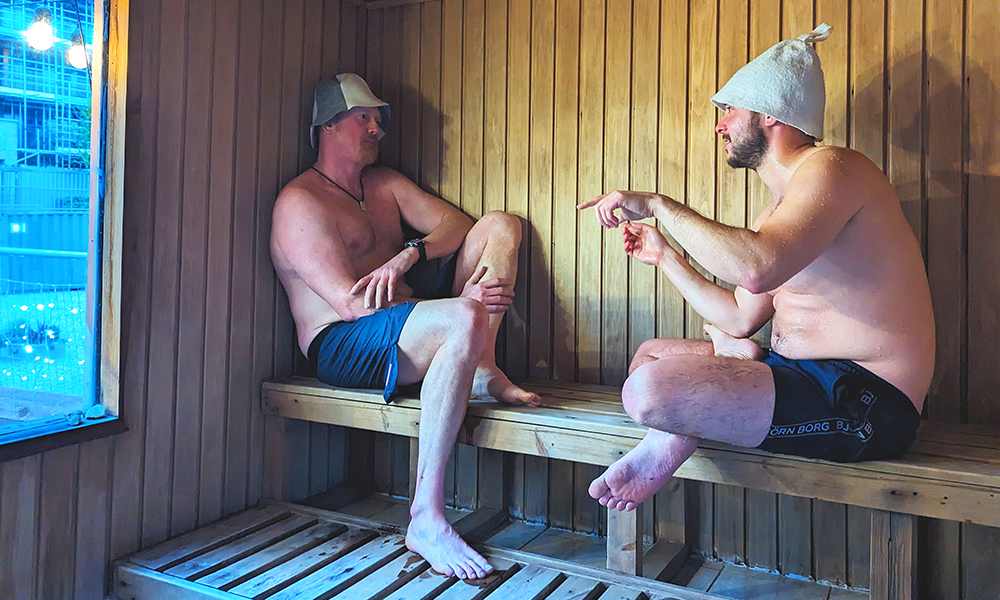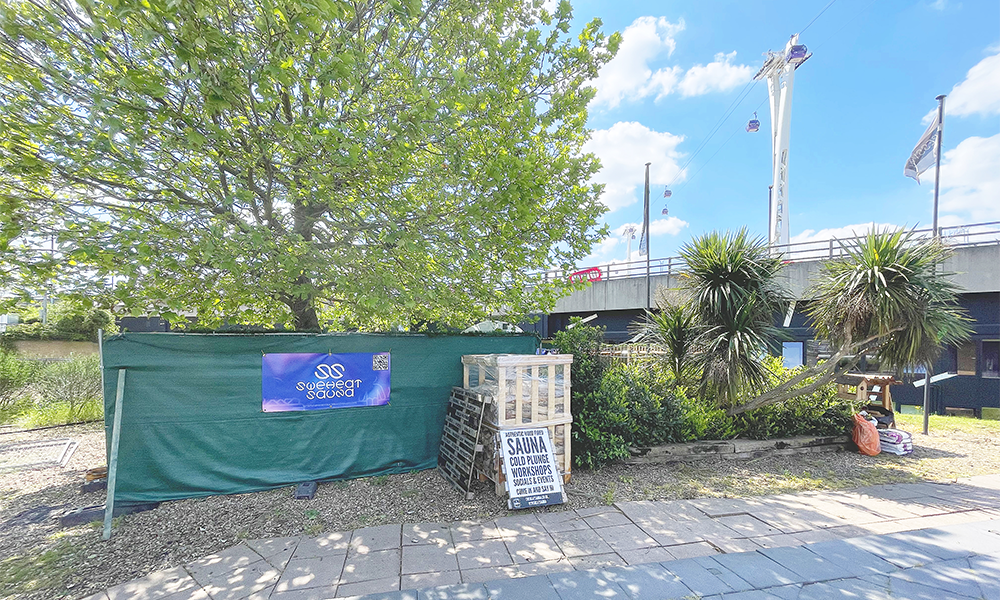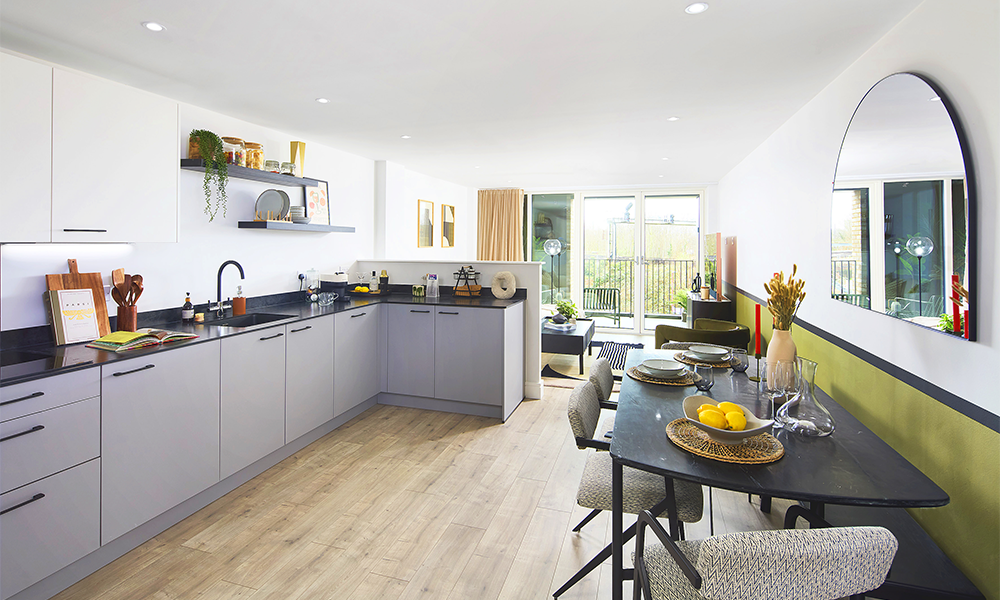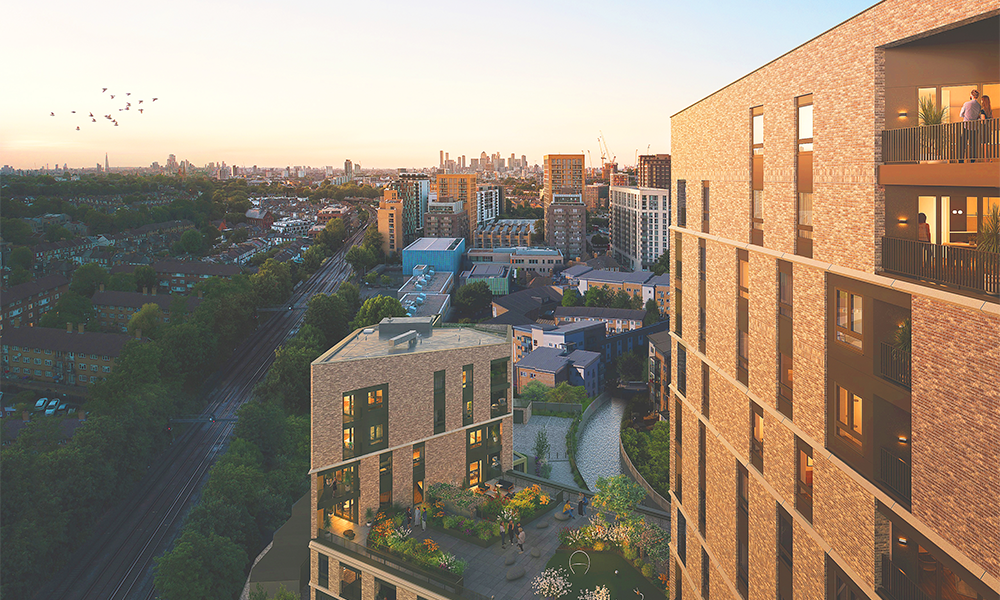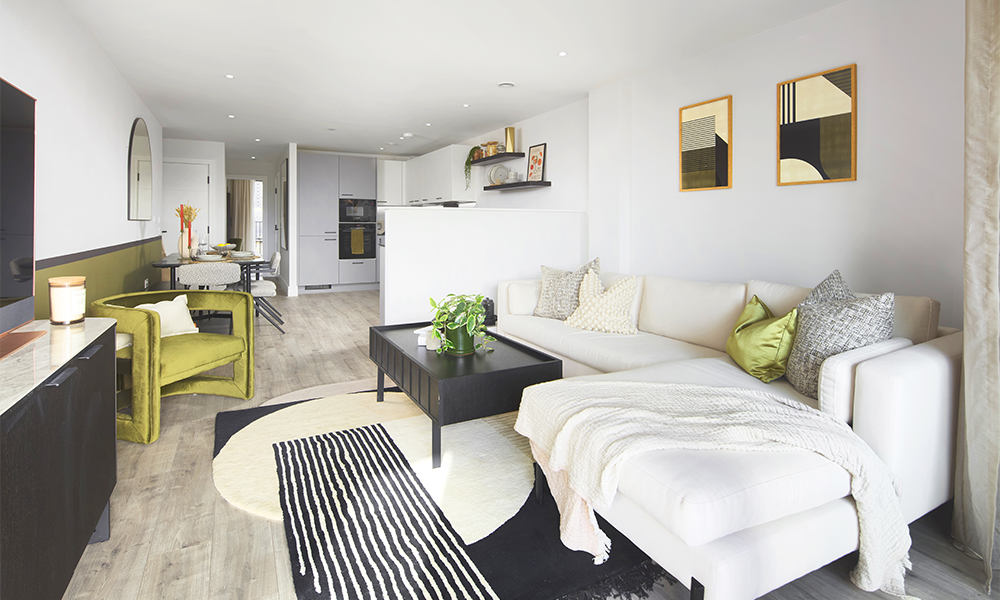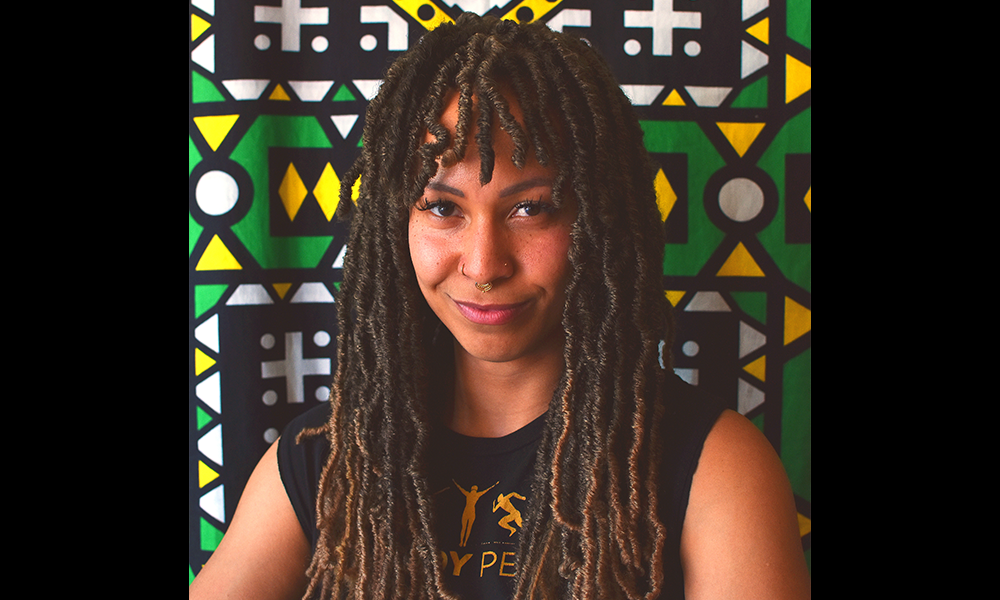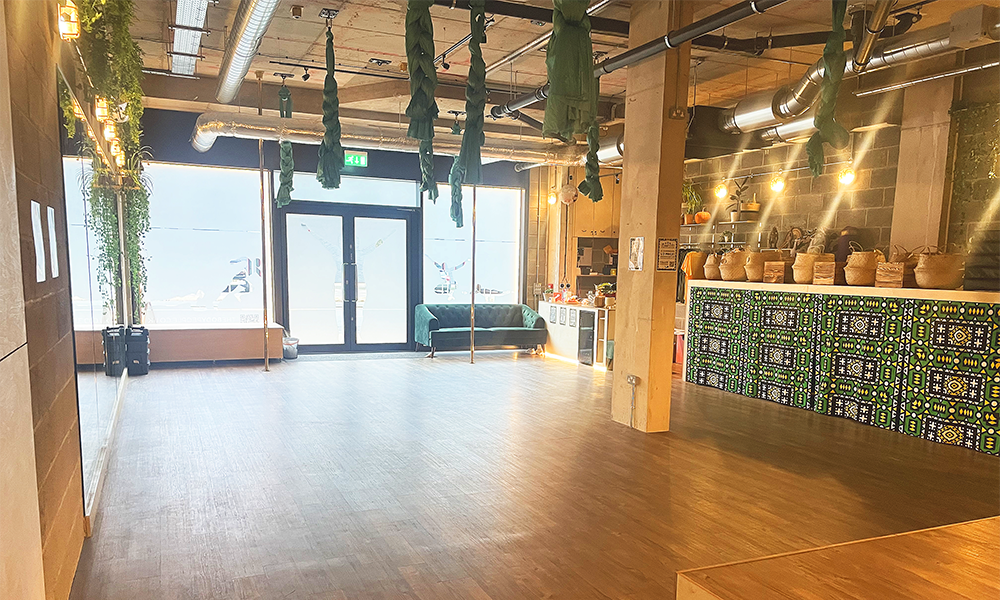Legal And General Affordable Homes’ scheme offers compelling alternative with deposits starting at £4,844 for a one-bedroom property
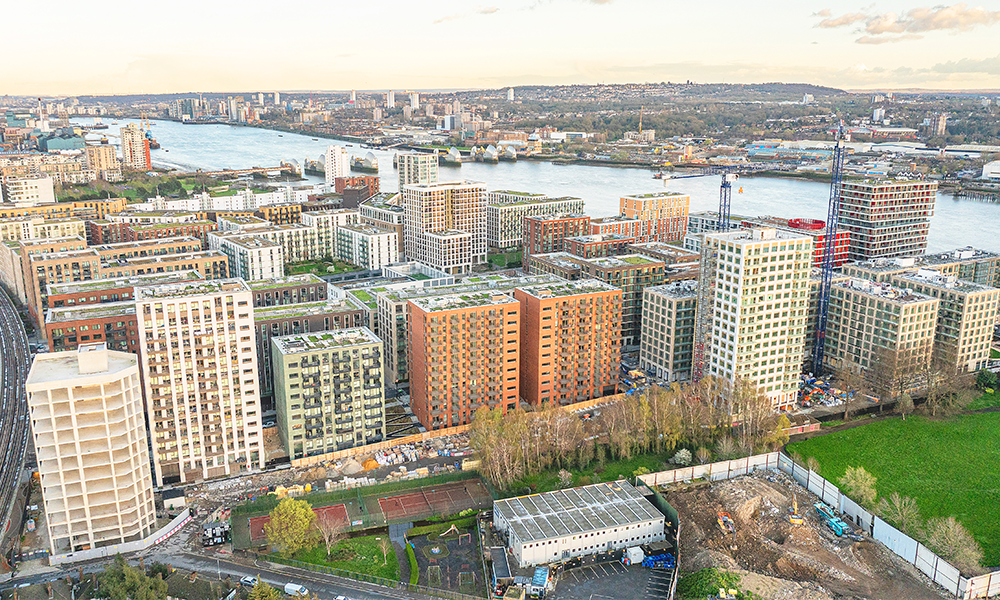
Subscribe to our free Wharf Whispers newsletter here
Rising rents are arguably one of the biggest pressures in the housing market right now.
According to a recent study by estate agency Stirling Ackroyd, tenants are currently paying an average of £1,966 a month for a one-bedroom property near Canary Wharf.
While wider inflation has fallen back to 2.3% and average two-year fixed mortgages have dropped back to less than 5% in May, with cheaper borrowing expected later in the year, rents are forecast to climb ever higher.
One study from Savills predicts more than 6% growth over 2024.
Increasingly, affordable housing providers are highlighting shared ownership properties as a less expensive alternative to renting.
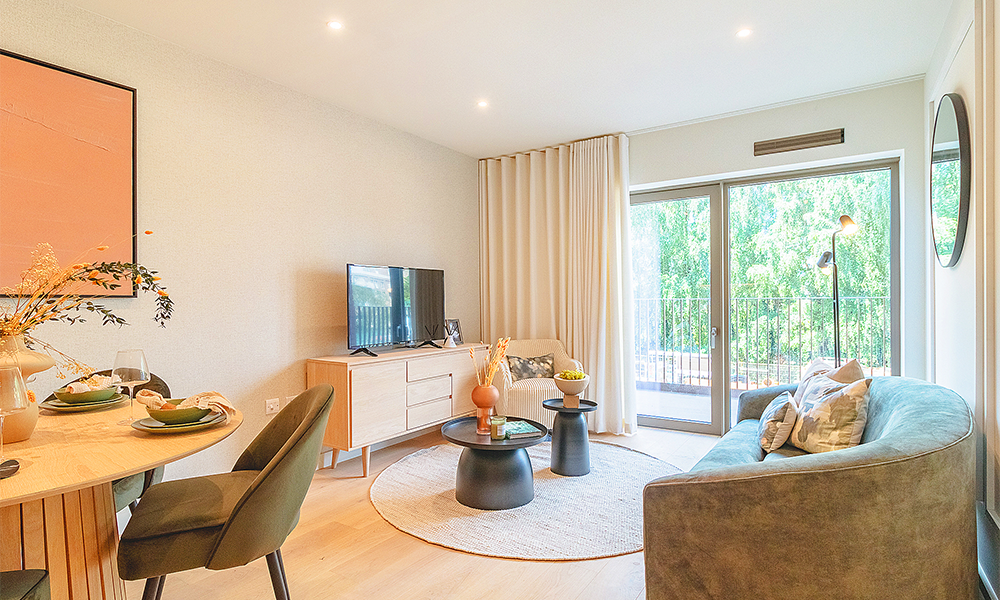
case study: East River Wharf
Take Legal And General Affordable Homes’ East River Wharf scheme, for example.
Its properties form part of Riverscape – essentially an extension of Ballymore and Oxley’s Royal Wharf development on the banks of the Thames at Silvertown.
Located roughly 15 minutes from Canary Wharf itself via the DLR and Jubilee line, these one, two and three-bedroom homes are set in a wealth of green space close to Lyle Park in a freshly regenerated part of Docklands.
Neighbouring Royal Wharf boasts a wealth of amenities including a pub, restaurants, shops and health services.
Residents will enjoy access to a health club with a gym, pool, spa and fitness studio as well as a 16th floor sky lounge with views over the Thames to Greenwich and Canary Wharf.
The apartments at East River Wharf include private balconies, open-plan design and fully fitted kitchens with integrated Siemens appliances.
But, alongside the quality of the finish and the facilities, the key attraction lies in escaping the grind and uncertainty of the rental market.
A deposit of £4,844 could be enough to secure a one-bedroom home at the scheme – 5% of a 25% share worth £96,875.
Monthly costs are expected to be about £1,465.
By purchasing a portion of the property, a buyer can essentially secure a £387,500 apartment with no threat of eviction.
They also enjoy all the freedoms to enjoy living in the space they might expect if it was owned outright.
In contrast to renting, purchasers of shared ownership homes are not subject to landlord inspections or controls on how they decorate their space, for example.
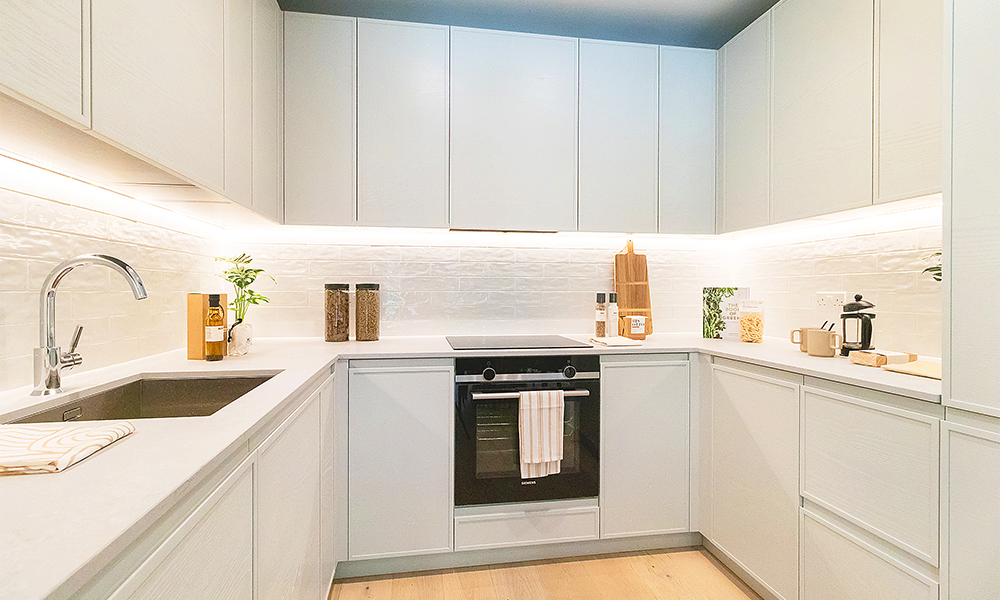
capital appreciation
They also own an asset that, in the case of East River Wharf, is highly likely to appreciate.
The area has already undergone extensive regeneration, but there’s much more in the pipeline for Royal Docks.
Major infrastructure and housing investments are in the pipeline over the coming years with homes, businesses and facilities set to be built locally.
Already an attractive area to live in, these developments are likely to bring fresh demand as buyers look east for high quality homes to purchase in the future.
Royal Wharf is already well served by the DLR and bus routes as well as a dedicated pier for Uber Boat By Thames Clippers services, which run all the way to Putney along the river.

secure a property
A spokesperson for Legal And General Affordable Homes said: “The amenities at East River Wharf are best in class, with a state-of-the-art residents’ gym, pool and spa.
“Plus, concierge services and 24-hour security ensure our residents always feel at home.
“There is also a primary school located on the development, which is perfect for growing families.
“Whatever your stage in life, East River Wharf is a modern and secure place to call home with shared ownership.”
Under the shared ownership scheme, buyers purchase part of a property.
They pay a deposit and arrange a mortgage to cover the cost.
They then pay a reduced rent on the rest of the property and the appropriate service charge.
Purchasers need not be first-time buyers but cannot own another property.
Owners can choose to increase the portion of the apartment that’s theirs until they own the whole property, in a process commonly known as “staircasing”.
Equally, buyers are free to sell their share either through the affordable housing provider or independently, if they decide to move home.

key details: East River Wharf
East River Wharf is located at the Riverscape development beside Royal Wharf.
The closest transport link is West Silvertown DLR station on nearby North Woolwich Road.
Prices for a one-bed start at £96,875 for a 25% share.
Call 020 587 2474 for more details.
Find out more about the scheme here
Read more: How The Body People brings movement to East Wick And Sweetwater
Read Wharf Life’s e-edition here
Subscribe to our free Wharf Whispers newsletter here
- Jon Massey is co-founder and editorial director of Wharf Life and writes about a wide range of subjects in Canary Wharf, Docklands and east London - contact via jon.massey@wharf-life.com





